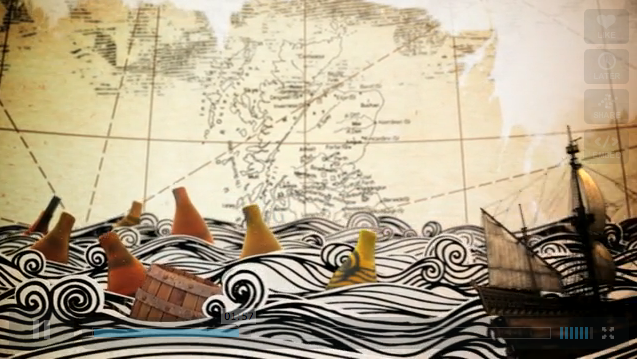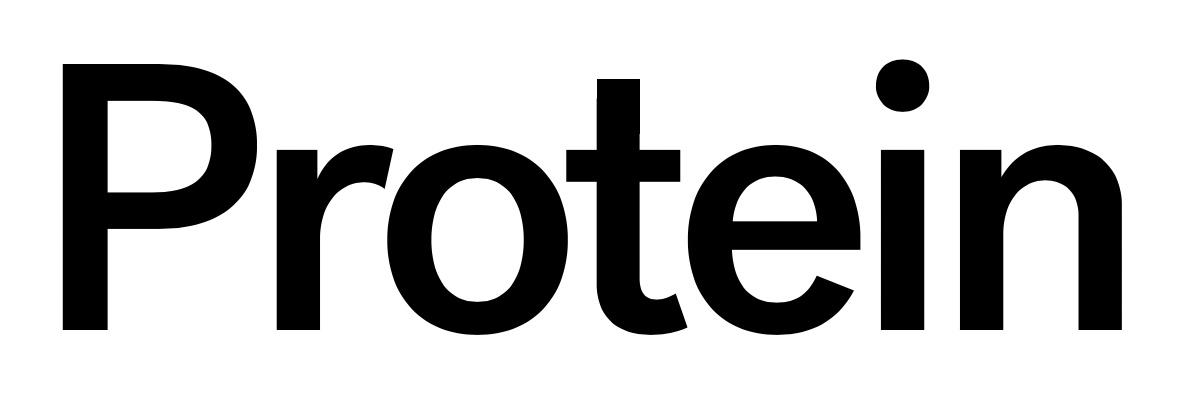2008 City Railway System
According to the authors, each city's various subway structures and railway systems should reflect somehow the character of that…



According to the authors, each city's various subway structures and railway systems should reflect somehow the character of that city. In an effort to infuse the city's identity into its subway map, while also trying to simplify and beautify the original diagram, Kim Ji-Hwan and Jin Sol produced a series of original maps for three city subway systems - the Seoul Railway, Tokyo Railway and Osaka Railway. More cities are in the design phase and others are being planned.The first image depicts Tokyo's intricate network of subway, lightrail and monorail, with more than 1500 stations covering the metropolitan area. Placed in the city center is the Imperial Palace, the residence of the current Ten-no (Japanese Emperor). Subway lines circumvent the expansive ground claimed by the Imperial Palace. This characteristic is visualized in this map by the concentric circles spreading out to the entire city, with the center in the Imperial Palace ground. This strong representation of circles is reminiscent of the national flag of Japan and the Japanese identity expressed in the flag.The second represents Seoul's network. The city boasts 600 years of history as the capital of the South Korea and its crossed by a river of great magnitude, which has become one of its most important symbols, the Han Gang. The depiction of Han River in this map mimics the curvature in the middle of the Tae-Geuk mark of the national flag of Korea. The overall circular shape of the map was also inspired by the Tae-Geuk mark. The brighter area in the center of the map shows the territory of Han Yang, the old capital of Cho-Sun Dynasty. This was the old Seoul marked by the Four Gates, and the growth of the city becomes clear when compared to the modern metropolitan sprawl.



Discussion